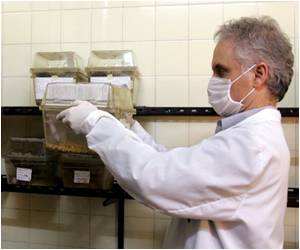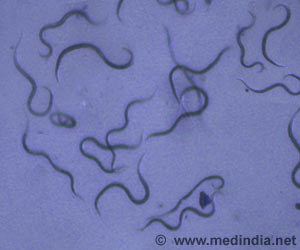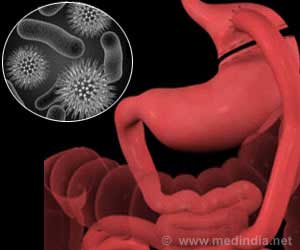New research provides fresh insights into the mechanisms that allow bacteria to resist fluoride toxicity.

Fluc channels were first identified by Miller and colleagues very recently, in 2013. In the September issue of JGP, they now provide the first quantitative data demonstrating how these passive channels can help protect bacteria from fluoride. The authors found that fluoride accumulates in E. coli lacking Fluc when the external environment is acidic. In such acidic environments, fluoride enters the cell in the form of HF (hydrofluoric acid)—which easily permeates the membrane—and breaks down in the cell's lower acidity; Fluc provides a means of escape for the highly charged fluoride ions. They also found that bacteria proliferation was stalled by high fluoride exposure, indicating that targeting Fluc channels with antibiotics could be an effective way to slow bacterial growth.
In the JGP, Miller and colleagues unearthed new information about fluoride/hydrogen antiporters—also recently discovered—which are part of the CLC superfamily of proteins that are known for exporting chloride. The authors explored why this subset demonstrates higher selectivity for fluoride—which is essential for their function because chloride is so much more abundant in the environment—and were able to determine key structural differences that could account for the preferential selectivity of fluoride.
Source-Eurekalert












